The third season of the Netflix series “Monster” focuses on serial killer Ed Gein. Also known as the “Plainfield Butcher,” Gein was arrested in 1957 after authorities found macabre objects made from human remains in his home.
The season mixes real events with fictional events, raising debates about the boundaries between reality and dramatization in works inspired by true crimes. In this article we highlight some of the key creative liberties taken by the series.
Ed Gein in real life
Ed Gein was born in 1906, in Wisconsin, United States. He grew up in an environment of moral repression and social isolation, mainly due to his relationship with his mother Augusta. His crimes came to light in 1957, when police found masks made of leather, bone tools and furniture made from exhumed body parts in his home.
Gein admitted to killing Mary Hogan in 1954 and Bernice Worden in 1957. Even so, authorities always suspected other possible victims, although nothing was officially proven. Doctors diagnosed him with schizophrenia and the court declared him legally insane, forcing him to spend the rest of his life in mental institutions until his death in 1984.
“Monster: The Ed Gein Story”: the main distortions of the Netflix series
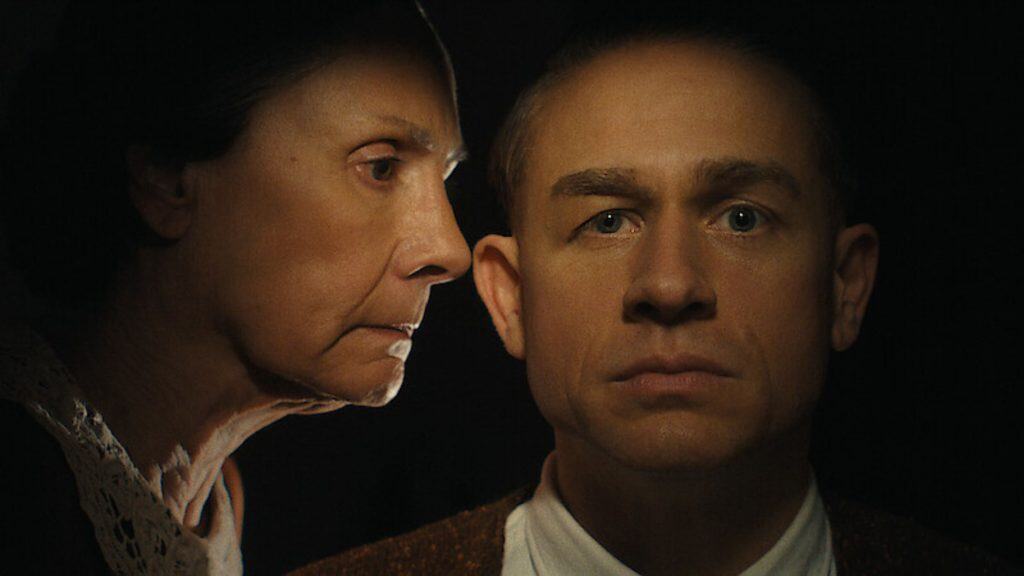
Increase in the number of victims
In real life, Ed Gein only confessed to two murders. However, the series features six victims, including a nanny, two men, and even her brother, Henry. None of these additional crimes have been proven by the authorities.
Love story with Adeline Watkins
The production presents Adeline as Gein’s accomplice and lover. Although the character existed, there is no trace of romantic involvement or collaboration in crimes.

Participation in the capture of Ted Bundy
One of the most criticized points is the scene where Gein helps the FBI capture serial killer Ted Bundy in the 1970s. In reality, Gein was hospitalized with a diagnosis of psychosis. In other words, unable to cooperate with the investigation. This interaction never happened.
Murder of brother Henry
The series portrays Henry Gein’s death as a premeditated crime on the part of his brother. In reality, authorities never fully solved Henry’s death in 1944, and no evidence proved Ed Gein’s guilt.
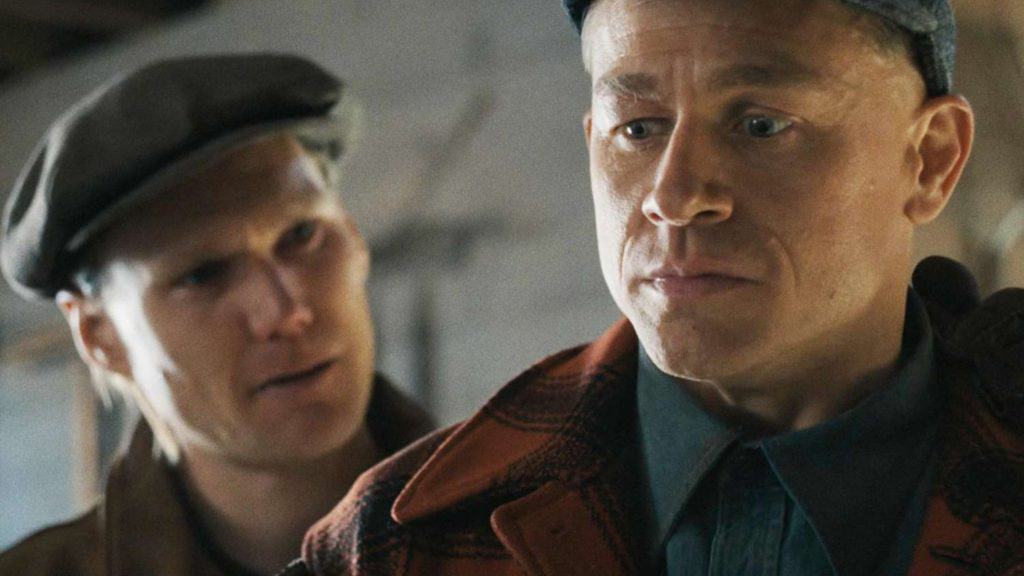
Involvement with Evelyn Hartley
The series suggests that Gein had some connection to the disappearance of young Evelyn Hartley, which occurred in the same region. However, this has never been confirmed by the authorities, nor is there any concrete evidence of involvement.
Exchange of letters with Richard “Birdman” Speck
Another invention of the production is the alleged correspondence between Gein and the murderer Richard Speck. There is no record that these two criminals communicated.
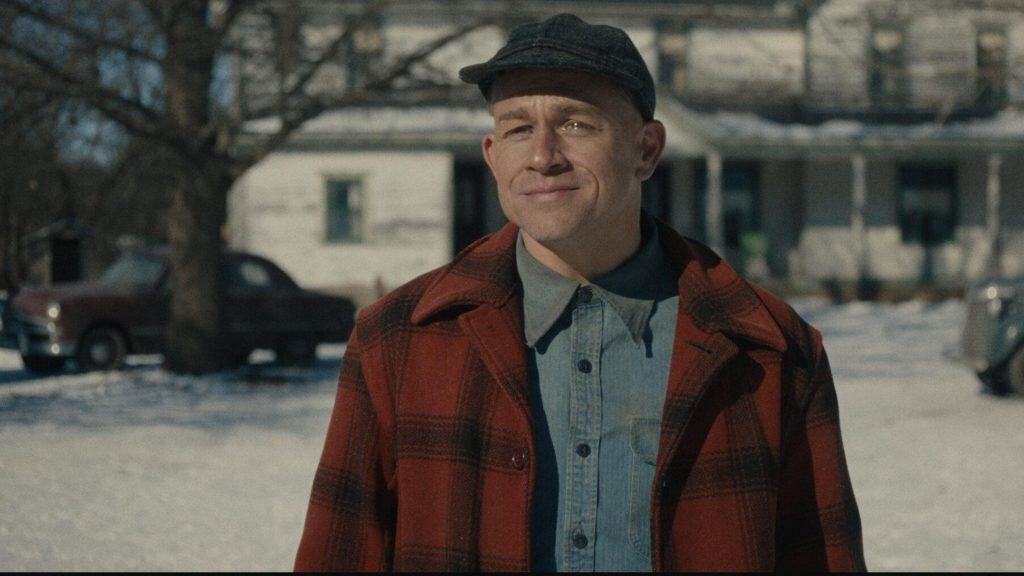
Meetings with historical figures
The series also romanticizes Gein’s unlikely encounters with real-life figures such as Christine Jorgensen and Ilse Koch, known as the “slut of Buchenwald.” Although both existed, there is no evidence of a connection to the Plainfield killer.
Exhibition of “objects” created by Gein
The series features several objects that it attributes to Gein, but many are distortions or replicas created by the production. Authorities destroyed most of the real evidence after his arrest.
The post “Monster: The Story of Ed Gein”: What’s True and What’s False in the Netflix Series appeared first on Olhar Digital.
Source: Olhar Digital
Rose James is a Gossipify movie and series reviewer known for her in-depth analysis and unique perspective on the latest releases. With a background in film studies, she provides engaging and informative reviews, and keeps readers up to date with industry trends and emerging talents.

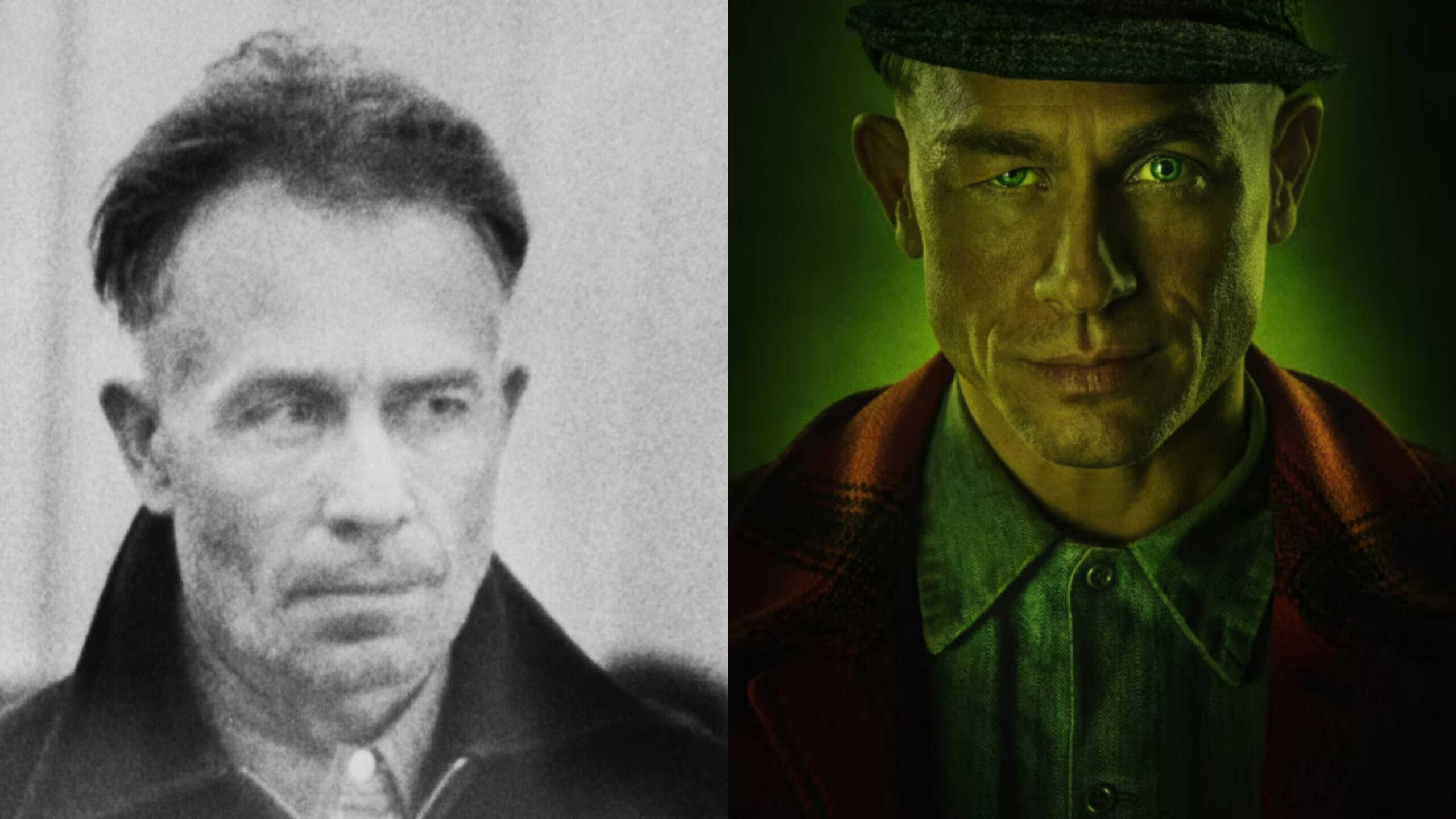
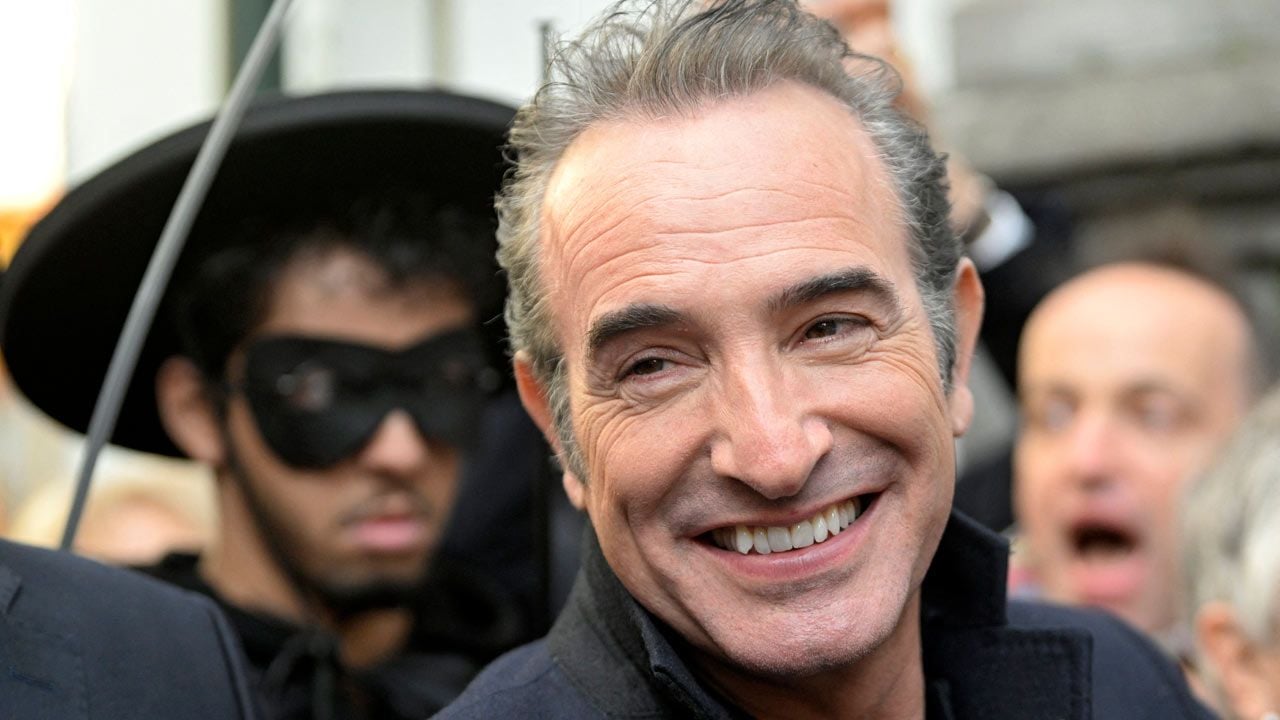

![A more beautiful life in advance [SPOILERS] A more beautiful life in advance [SPOILERS]](https://fr.web.img2.acsta.net/img/90/2d/902d777a1341c7bc0507675575d75b53.jpg)
